A Short History of Beans
Ellen has been busy learning about what a family run seed company is like with packing seeds, pulling orders and helping us prepare for “seed season.” She has also been engaged in learning and writing about the varied history of several varieties of seeds and their uses.
Today we share her article about beans with a unique twist, in how a bean features prominently in a treasured family tradition and makes the day for a lucky person. Enjoy!
Beans (Phaselous vulgaris)
When I was young, Christmas season marked its appearance with a yule log, the traditional cake of the holiday season in France. I remember looking in awe at the “bûche de Noel” covered in chocolate frosting, shaped to look like it had bark, covered in chocolate shavings or powdered sugar and dotted with marzipan mushrooms.
My favorite part of this holiday tradition was the hunt for the bean that was baked somewhere in the length of the log. Whoever found the bean was the Queen or King for the day, and everyone had to do as they said. In some places, a tiny statue of Christ is tucked into the cake batter in place of a bean. I found the bean once, and as the youngest in the family, enjoyed being Queen of my two older brothers and my parents.
In France, the bûche de Noel is served on the Twelfth Night and is the edible representation of the single log (oak is common) that is traditionally burned from Christmas Eve till New Years Day. It is said that burning the yule log ensures a plentiful harvest in the upcoming season.
The symbolism of the bean takes us back to the time of our ancient ancestors. In Ancient Egypt, the dead were buried with beans to ensure their return from the afterlife. The bean field was the place where the souls of the dead awaited reincarnation. The legumes were an offering in wedding ceremonies, wishing the bride and groom a male child who could carry the line of the ancestors. Beans have been seen as a potent symbol of the embryo and of growth in many societies.
It is interesting to note that beans and peas are both members of the pea family (Fabacea). Each has its distinct growing habits—most notably that beans love the heat, whereas peas prefer colder weather. Beans take on two growth habits, that of the bush bean which grows just as you would imagine, and pole beans, those that have a climbing tendency, winding and trailing their way up stakes, porches, railings—whatever is around.
Wild beans exhibit bush, climbing, and sprawling habits and disperse their seed once pods are dry. The pod splits at the bottom and spirals outward as it opens, dispersing seed. I have yet to see this method of seed dispersal with agricultural dry beans so I suspect humans have bred this trait out of the bean for ease of harvest. It is much easier to pick beans in their pods than to search the ground for them!
Dry beans should be harvested once the pods have turned yellow and dried, and the seeds have matured from green to their mature coloration. If you have never grown dry beans, there are hundreds of beautifully colored beans to choose from, mottled purples and browns to white speckled beans each with their own shape. Beans have a distinctive life cycle, beginning with the sprouts that emerge from the ground with triumph, pushing soil aside almost defiantly. All green or “string” beans will mature to dry beans if left on the plant long enough. The process of deciding when it is time to harvest is an opportunity to watch seed mature and transform.
In the Americas, beans are traditionally cultivated with squash and corn, a trifecta of beneficial relationships known colloquially as a Three Sisters garden. The beans’ nitrogen-fixing capability provides nutrients to corn and squash plants, while squash leaves provide shade for plant roots, and corn stalks provide trellis for climbing beans. Some say that squash’s large prickly leaves make it difficult or uncomfortable for animals to raid corn plants.
Current gene bank counts of beans are as high as 40,000 varieties, although just a few handfuls of them are widely cultivated. Bush beans are preferred over pole beans today for mechanical harvest because of their clusters of straight pods that are low to the ground. This large number provides us the luxury of picking a bean that is suited to the climatic uniqueness of the area we cultivate. Growing regionally-adapted varieties, such as the tepary bean in our area around Prescott, Arizona, is a hands-on learning experience; a way to see how plants have adapted to thrive with climatic stresses. Here, our most notable stresses are intense sunlight and an average 10 inches of rainfall per year. There are many varieties that have become accustomed to this weather and thrive in it! Some varieties to try are the Anasazi bush bean, the tepary bean, and any of the cattle beans.

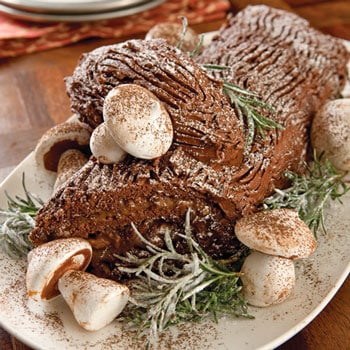
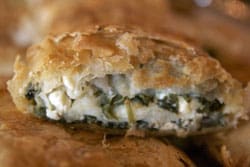
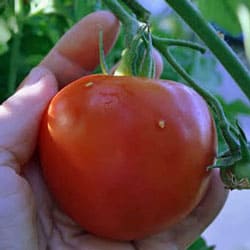
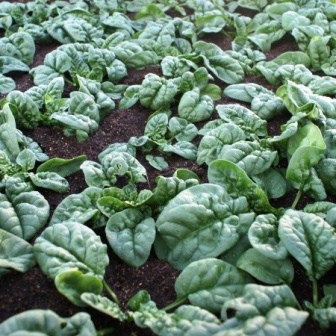
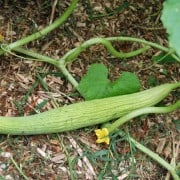



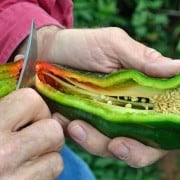
I do like bûche beans better than pole beans!
Yes, I did enjoy the article
Thanks Dennis!
Yes, they are much more appealing at this time of year!